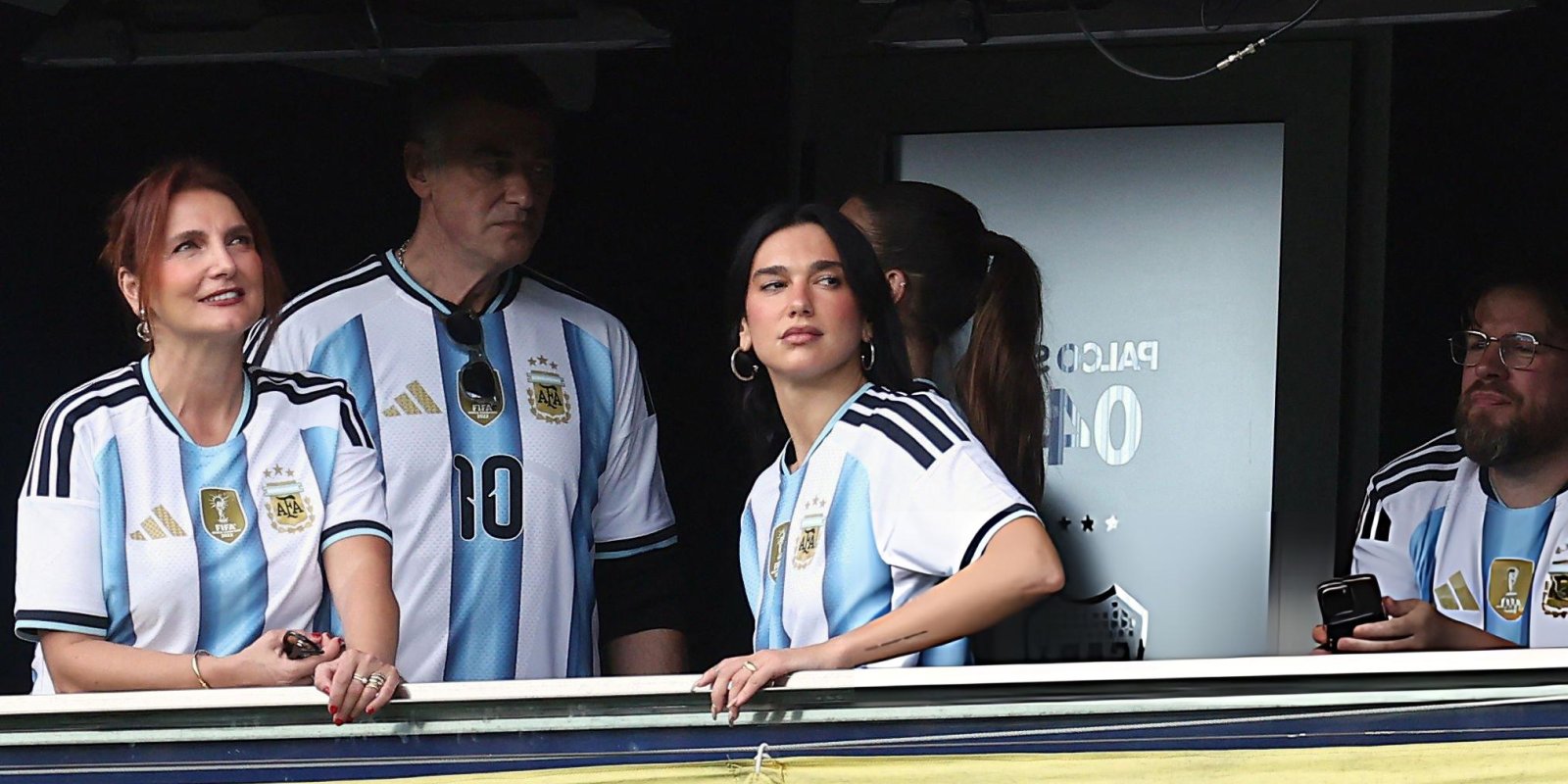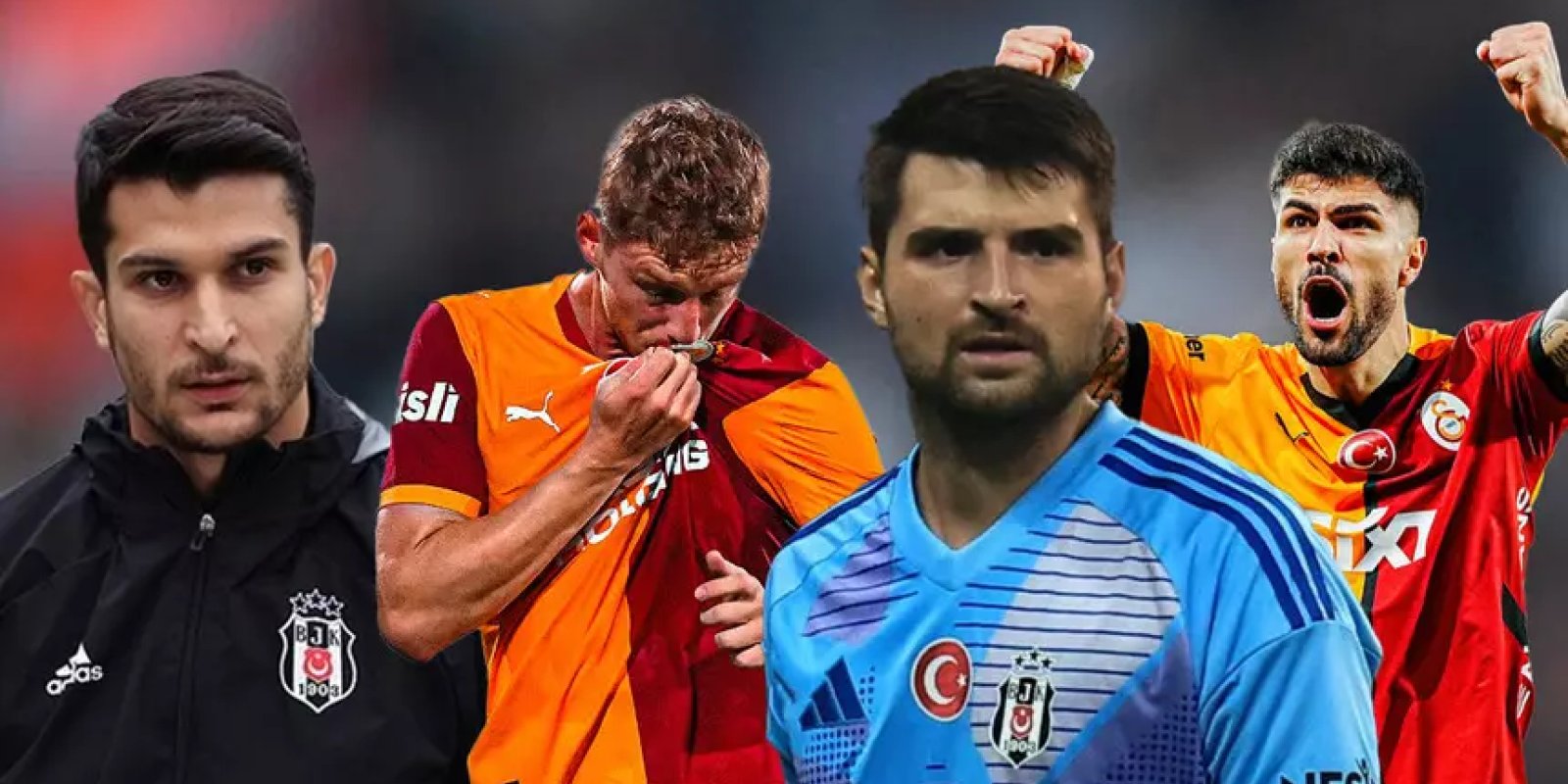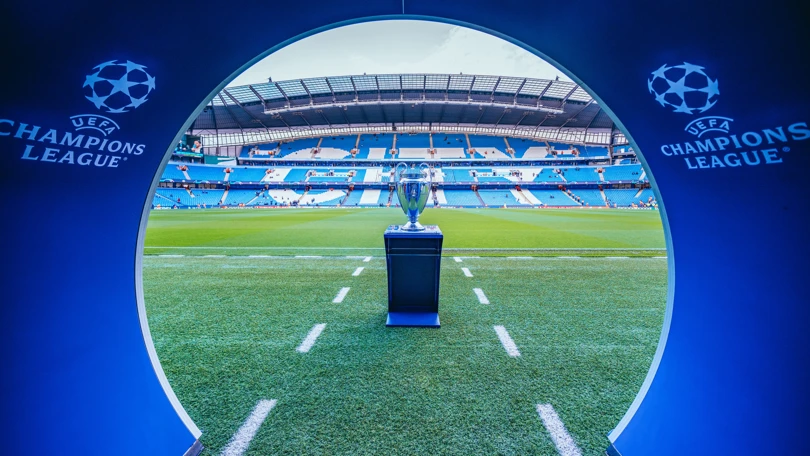
The Champions League has settled into the rhythm of its new format, where the familiar quartets have been replaced by a single league stage. Each of the 36 teams plays eight matches against opponents of different levels, which makes every slip far more costly: points accumulate in a unified table, shaping the seeding and the route to the spring stage. Matchday Two brings several headline clashes, each capable of tilting the balance of power: "Barcelona" — "PSG", "Monaco" — "Manchester City", "Arsenal" — "Olympiacos", "Qarabag" — "Copenhagen" and "Villarreal" — "Juventus".
One League, One Table: What Changes for Clubs
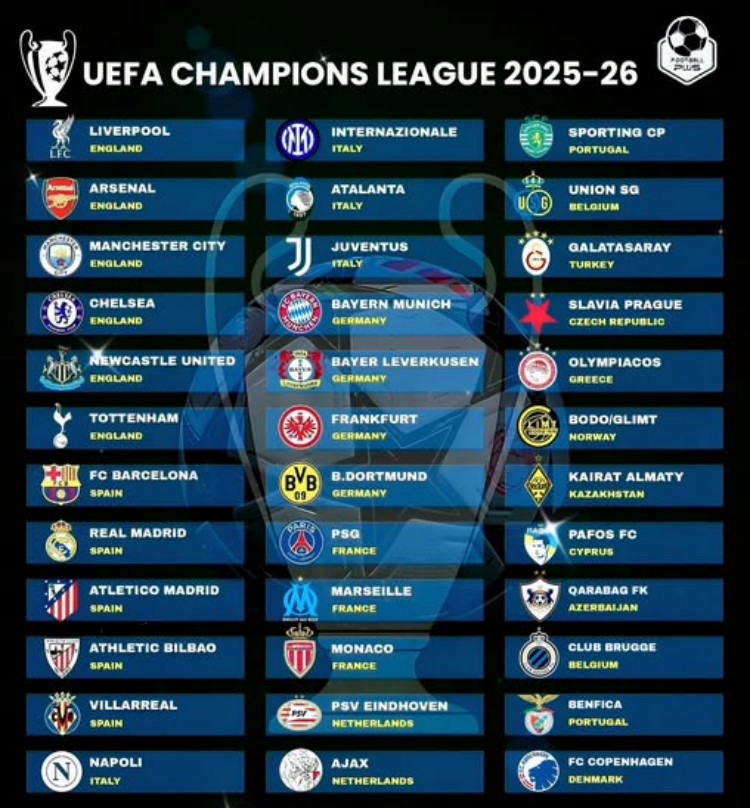
In the league phase there is no period to ease in: eight attempts are too few to waste points. A win earns three points, a draw one, and every step is immediately reflected in the single table. The top eight advance directly to the Round of 16, while places 9 through 24 go to play-off rounds for the right to be there. For the giants, it is a race for seeding; for mid-table sides, a fight to play in spring; for underdogs, a chance to make noise across Europe. That is why, even in October, marquee fixtures turn into matches of heightened responsibility.
"Barcelona" — "PSG": Possession Control vs Vertical Speed
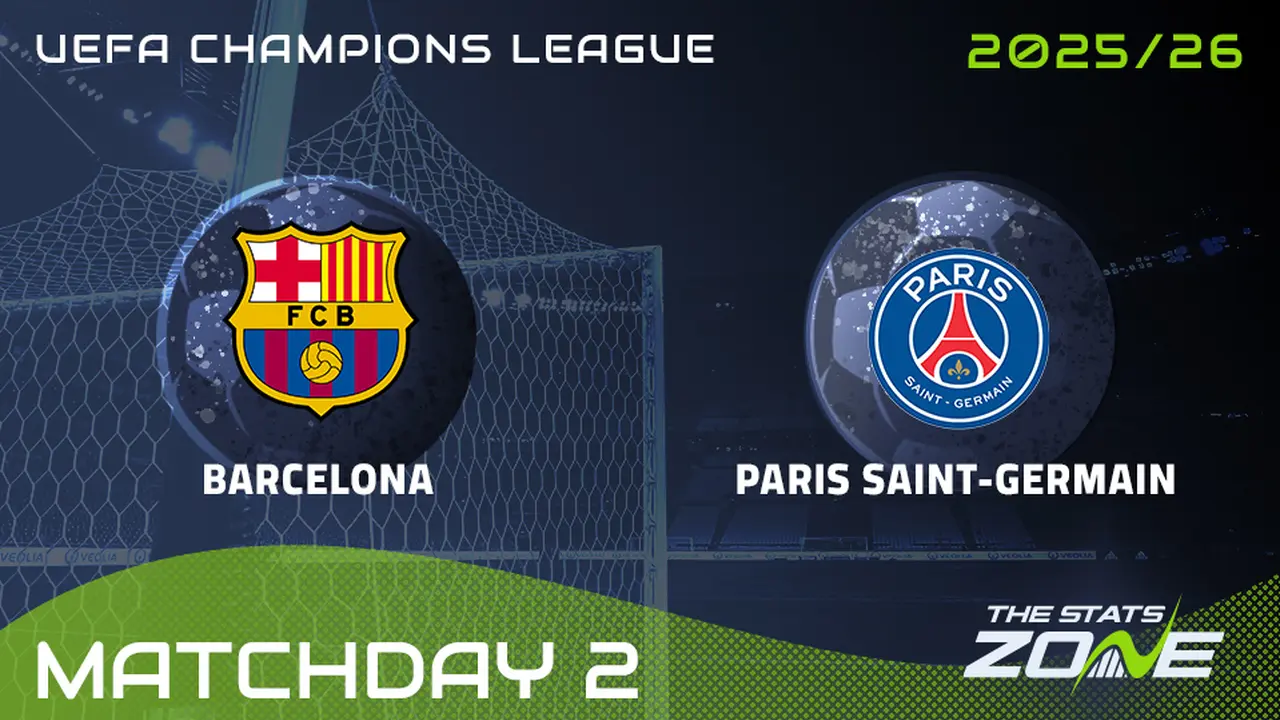
The Catalans typically build through positional attacks and possession, loading the half-spaces and splitting lines with short combinations. Paris are comfortable in vertical football: early pressing, runs in behind the back line, and explosive surges from wide players. The key is who wins the battle for the middle: Barça will try to smother the press with passing triangles, while PSG will aim to impose intensity and force the hosts into turnovers in dangerous zones. Extra attention to set pieces: the Parisians have aerial weapons, and Barcelona are increasingly using short-corner routines. A win here is not only about prestige but also a statement toward finishing in the overall top eight.
"Monaco" — "Manchester City": Ligue 1 Daring vs a Positional Machine
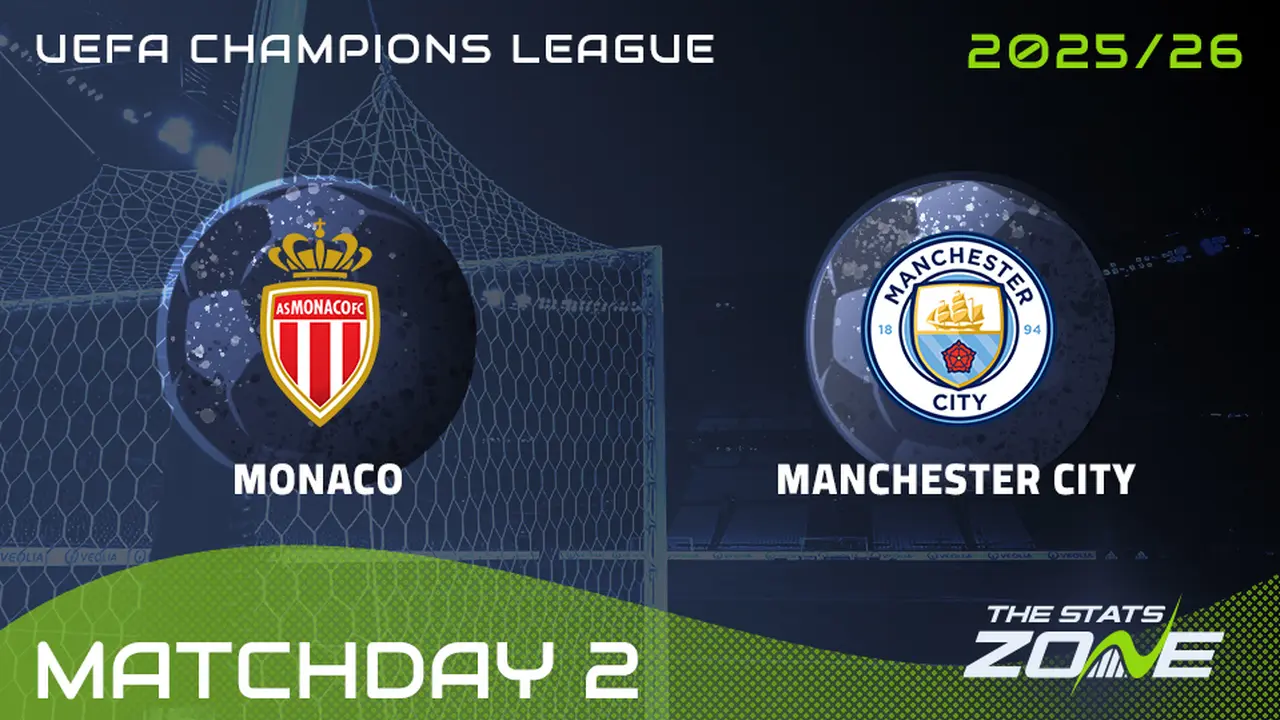
The Riviera club thrive in transitions: sharp regains, rapid delivery into Zone 14, and aggressive runs between the center-back and full-back. City consistently dictate tempo through positional play, patiently stretching the block, overloading the flanks, and freeing a second-line runner in the finishing zones. For the hosts, the opportunity lies in pressing traps and quick breaks after regains; for the visitors, in patience and the quality of the first pass out from the back. If Monaco maintain compactness between the lines and avoid a shaky first 15 minutes, the match can turn into a chess game with minimal margin for error. But once City find their tempo, the initiative may shift to the visitors for good.
"Arsenal" — "Olympiacos": Old Acquaintance, New Stakes
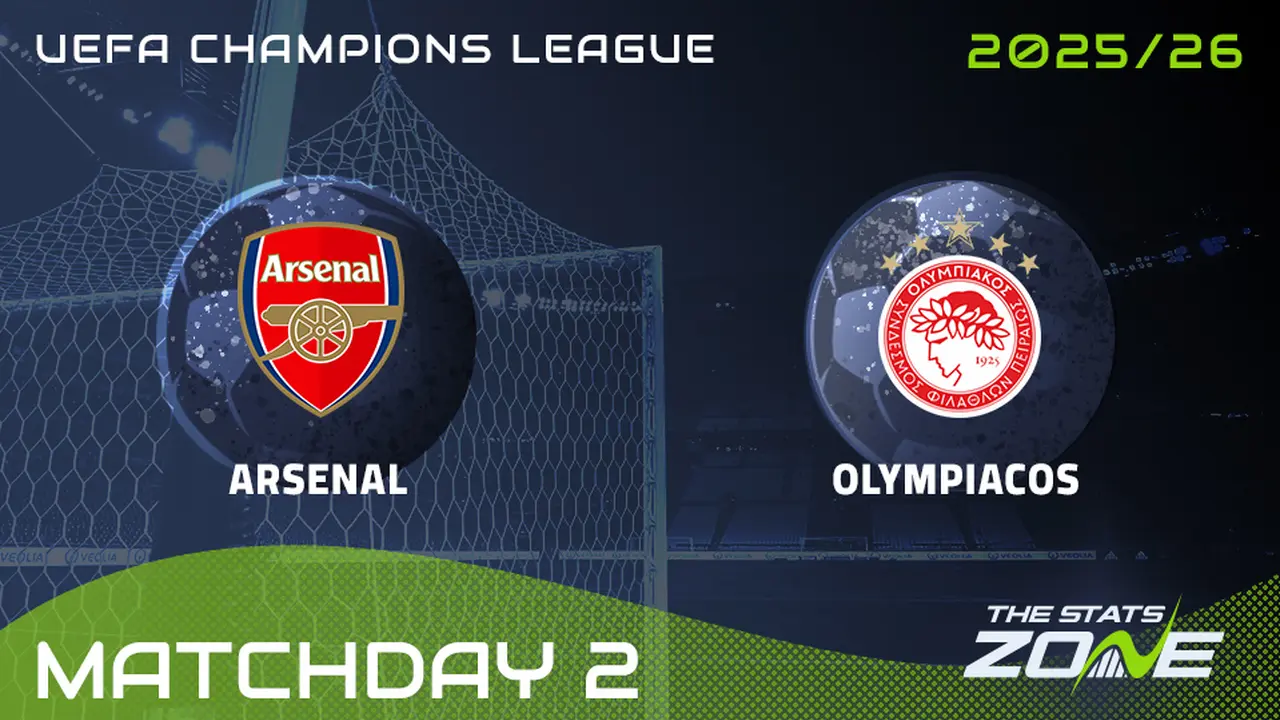
The history of this matchup is rich in fine margins — from a single well-worked set piece to a timely substitution. Today’s Arsenal are a side with a clear structural blueprint: high pressing, central dominance, and an emphasis on the quality of the final pass. Olympiacos usually hold a compact mid-block and are dangerous on set pieces, using screens on markers and smartly targeting second-ball zones. For the Londoners, the speed of circulation and variety in the final third are critical; for the visitors, discipline without the ball and composure in the first transitions. A draw suits the Greeks more than the hosts: in this league format, every point taken off a top club’s ground is worth its weight in gold.
"Qarabag" — "Copenhagen": A Match of Plans, Not Names
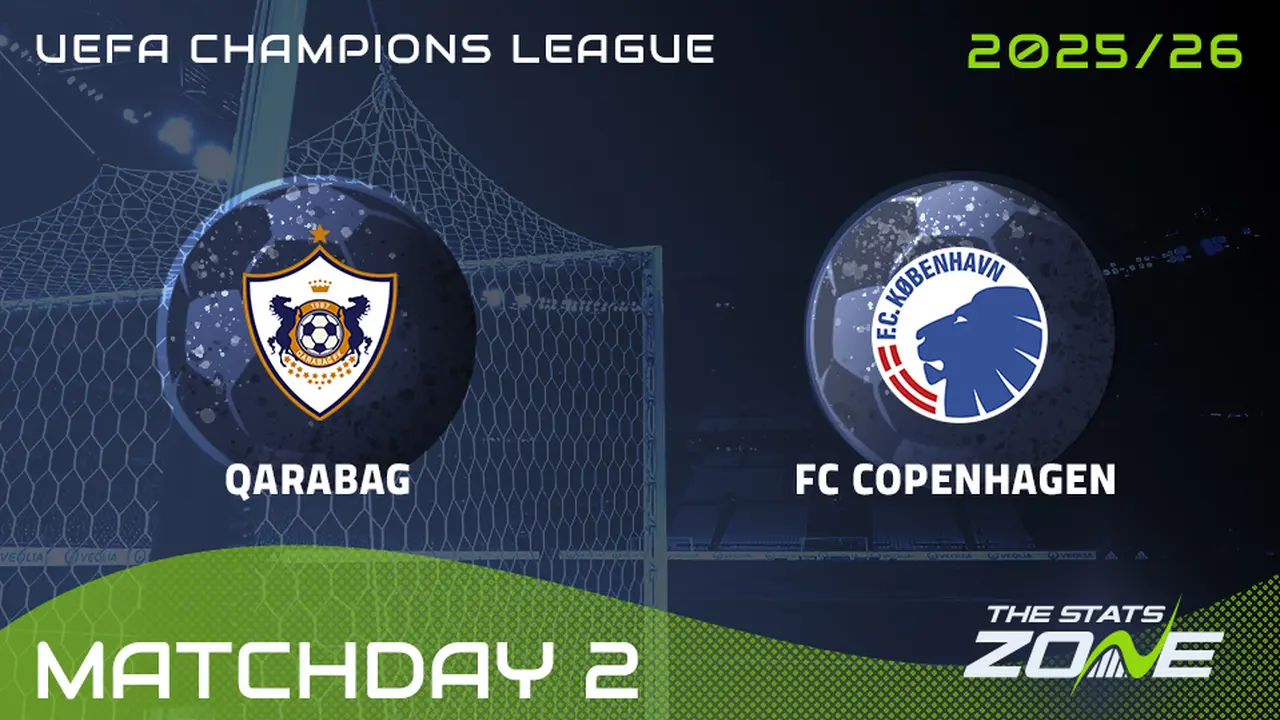
Baku is used to seeing a bold Qarabag: moving the ball between the lines, full-backs actively supporting the attack, and plenty of vertical passes in behind. Copenhagen are about organization and reliability: smart pressing triggers, timely cover, and strong work in the air. The outcome here is often decided by details — the height of the press, the quality of the first pass out of the pivot zone, and how well second balls are handled after set pieces. The hosts must switch on the tempo and prevent the Danes from cementing the rhythm; the visitors will try to impose structural discipline and exploit the “windows” behind the full-backs. The energy of the stadium in Baku can add an emotional edge to the expected xG — and, as a result, to decision-making.
"Villarreal" — "Juventus": Spanish Intellect vs Italian Pragmatism
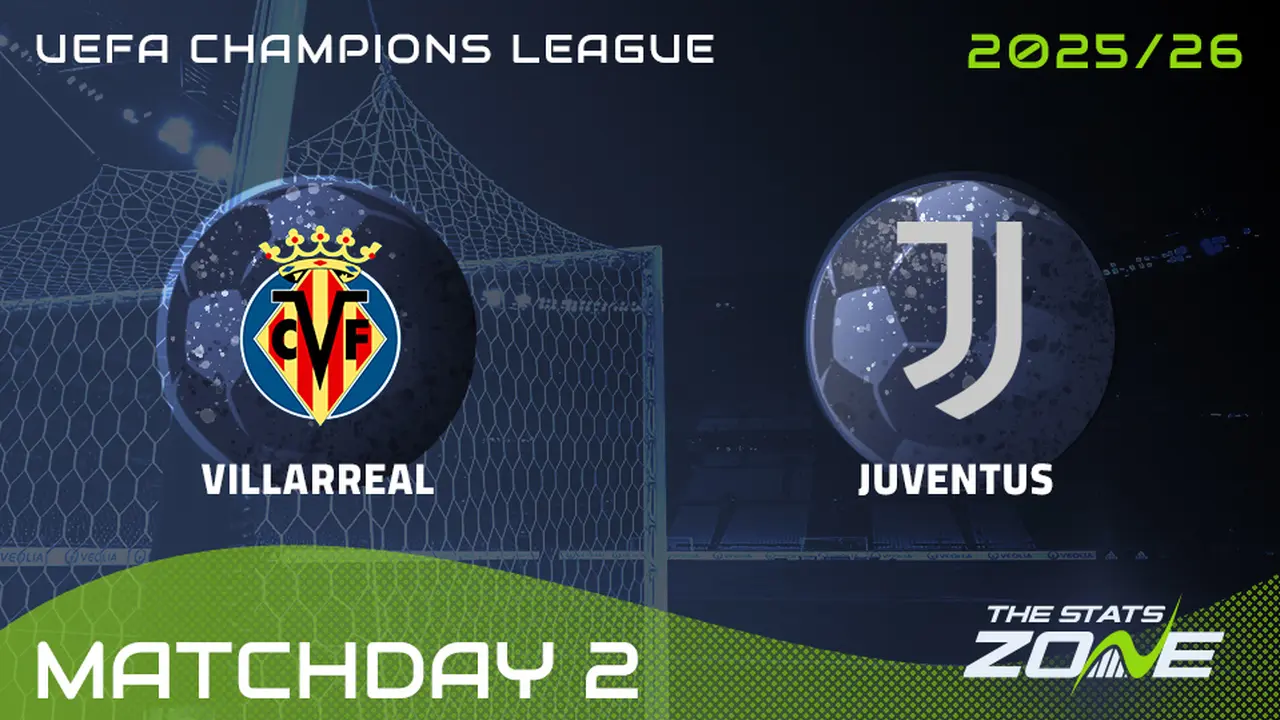
The Yellow Submarine can unpick a defense through delicate positional play: overloading one flank, switching quickly to the weak side, and a midfielder arriving into the box from deep. Juve are predictably well-drilled: a mid-block, robust work in the holding zone, and maximum efficiency in transition phases. For the hosts, the danger lies in losing the ball under pressure during build-up and being unprepared for an instant defensive reset. For the visitors, it is about extracting the maximum from limited attacks: finishing chances and the accuracy of the final pass. This is one of those cases where 1–0 is not a script but a philosophy, and the team that manages risk better usually leaves with points.
Tone of the Round: Set Pieces, Half-Spaces, and Bench Depth
Three things matter especially in Matchday Two. First, set pieces: when an opponent defends the box well in positional play, corner and free-kick routines provide added value. Second, control of the half-spaces: teams that can “lock” the channels between full-back and center-back concede fewer gaps and cope better with counters. Third, squad depth: in a league without group “margin,” fresh legs after the 60th minute sometimes matter more than the starting plan.
Why It’s Already Serious

The single-table league accelerates the sorting of the strongest: you cannot hide behind “three points at home and we’ll see later.” A good start is not only about points but also about psychology, and strong results in matchups like "Barcelona" — "PSG" or "Villarreal" — "Juventus" lift both external perception and the confidence in the dressing room. In the second round we will see a clash of philosophies: from total control to reactive football, from Spanish lacework to Italian minimalism. It is in these duels that the new Champions League format shines: every minute is an investment in spring, every sequence a choice between safety and ambition.

